A grand reconstruction of the battle of the Jassy-Kishinev operation and other episodes of the Great Patriotic War took place on the city beach in Tiraspol. About 300 people took part in it. A T-34 tank (it was delivered to the beach on a trailer so as not to damage the asphalt), "Katyusha", thirty-hundred weight lorry, mortars, etc. were used.
Realistic explosions and "hits" are the result of the precise and coordinated work of the military, who used pyrotechnics and blank ammunition. The audience saw a reconstruction of the battle: a powerful "artillery preparation" and the forcing of the Dniester. The assault on the Sherpensky bridgehead preceded the Jassy-Kishinev operation in the spring of 1944. The reenactors paid special attention to this episode of the war. The bridgehead was of decisive importance during the Great Patriotic War: the Soviet troops on it had to create the impression that it was from here that the main attack would be made, and thus distract the attention of the German command before the start of the Jassy-Kishinev operation, which began from the Kitskany bridgehead and from the Jassy region. The Germans saw through the deception only when they found themselves surrounded by the Prut River. The Jassy-Kishinev operation in August 1944 began with a powerful artillery offensive. The strongest blow completely destroyed the first line of German defense. The terrain for the first 10 kilometers was black. The enemy trenches turned into small ditches. The German soldiers were dead in the miraculously intact dugouts, although there were no visible signs of wounds according to the battle participants. They died from suffocation and high air pressure after the shells exploded.
The role of the Germans was taken on by the "The Heirs of Victories" Republican public movement participants – the organizers of the military-patriotic festival and co-organizers of the reconstruction. The rest of the guys - cadets, Suvorov cadets, young army members – did not want to play the invaders. That's how strong the hatred of the young generation towards the Nazis is in Pridnestrovie.
Artillery preparation, successful forcing of the water obstacle on rafts with the support of the "fire" of the "Katyusha" and T-34, the capture of a bridgehead on the opposite bank of the Dniester and the hoisting of the Victory Banner. The reconstruction was dynamic and realistic. It included not only fragments of the Jassy-Kishinev operation. The audience saw a scene with the deceased pilot Semyon Harhalup near his native village of Konstantinovka at the beginning of the war. He was the one who successfully carried out an air ram in the Beltsy region, but died a few kilometers from his home, having accepted an unequal battle. Three Soviet fighters against ten German Messerschmitts. Semyon Harhalup's plane was shot down and fell in front of the villagers watching the air battle, among whom was the pilot's mother. The reconstruction showed how local residents ran up to the plane, discovered the hero's body and, having read the documents, realized that it was their fellow villager. There was a touching scene with the mother of the deceased then. Exhibitions of weapons, modern and retro cars, military equipment, a field kitchen, and a pneumatic shooting range were set up not far from the place of the “battle”. The Chairman of the Supreme Council of the Pridnestrovian Moldavian Republic Alexander Korshunov inspected the open-air exhibition pavilions. The historical truth is that the victory inscriptions on the Reichstag were not in English or French, but in Russian. It is that it was the Soviet people who paid the highest price for freedom, measured in millions of human lives. If the world wanted to honor each of them with one minute of silence, then humanity would have to remain silent for 27 million minutes – that's 51 years of silence. 19 thousand killed daily, 800 people per hour. That's the price of this Victory. All this information was voiced for the viewers so that everyone could feel it and not forget why even after 80 years the heirs of the Great Victory pay tribute to the memory and thank their heroic ancestors who won the opportunity to live for themselves and future generations.
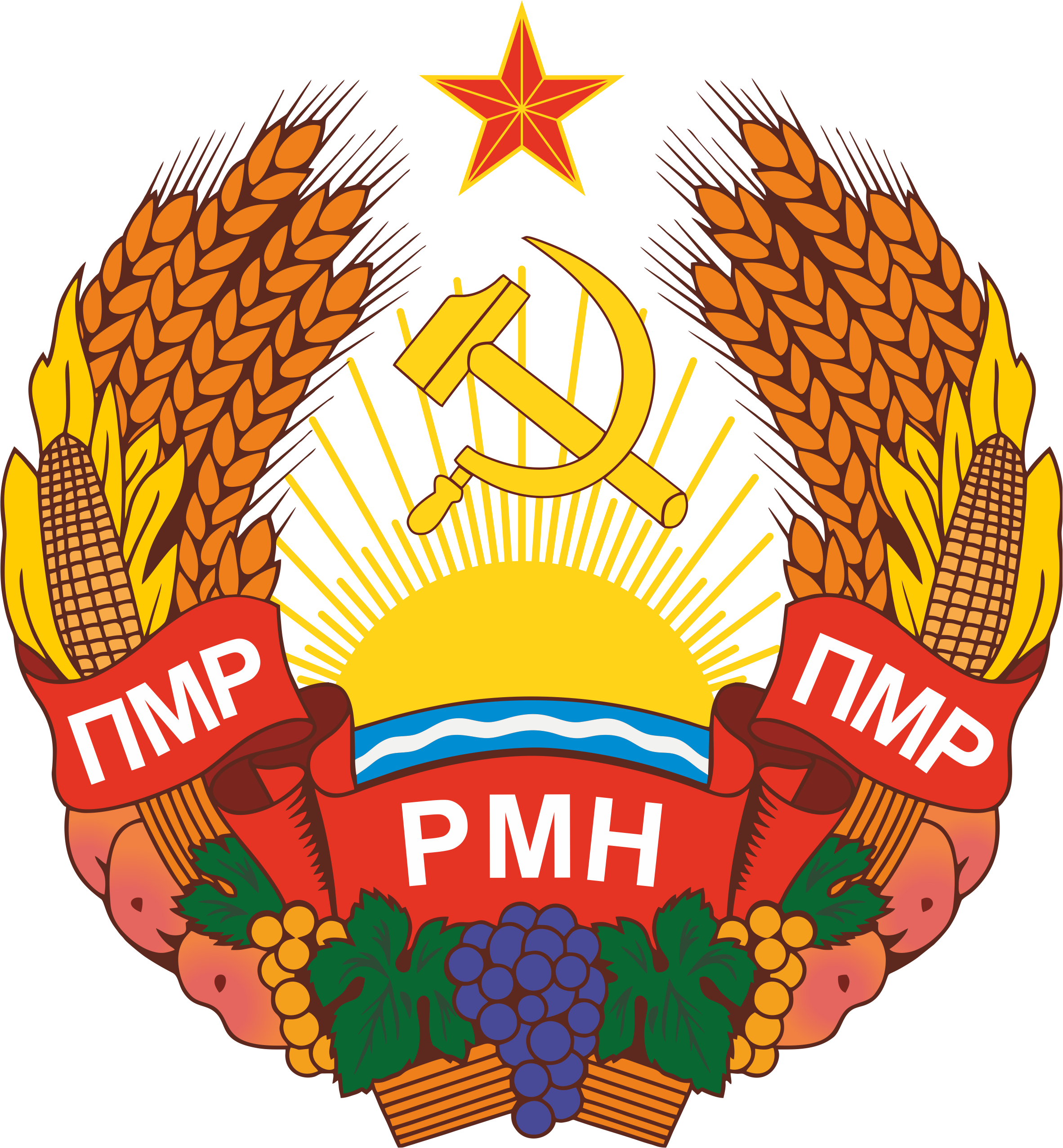

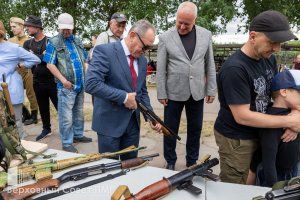
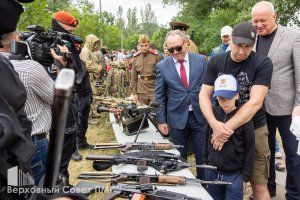
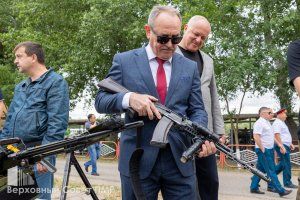
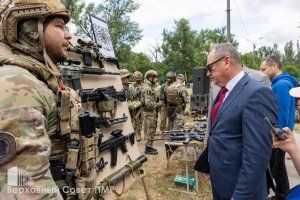
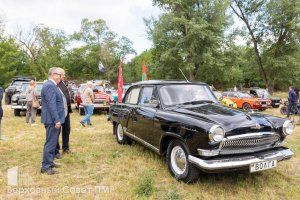
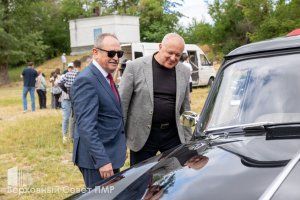

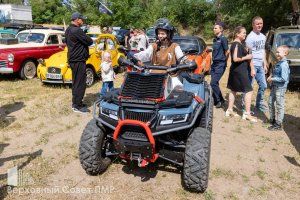
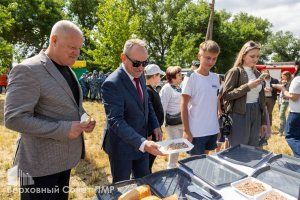
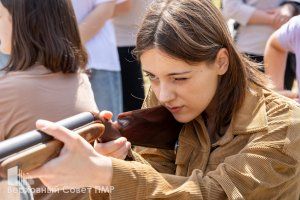
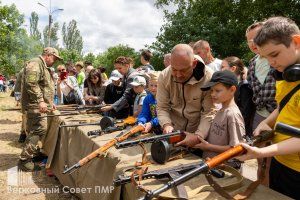
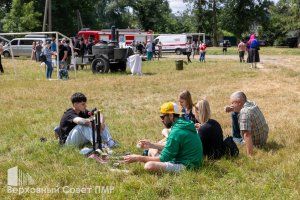
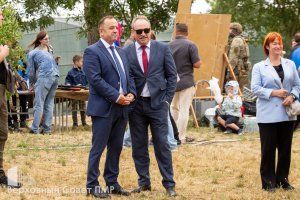
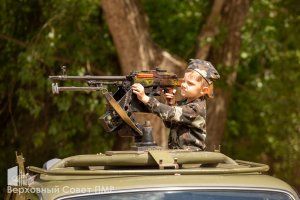

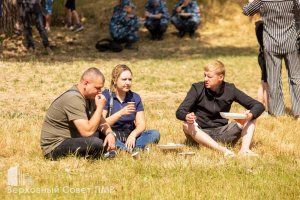
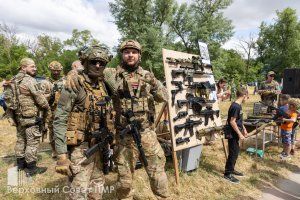

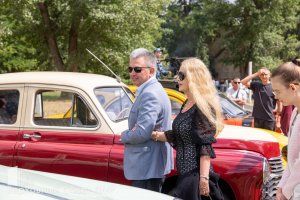
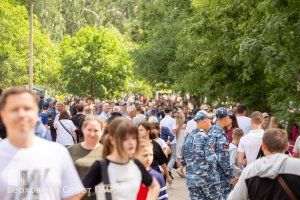

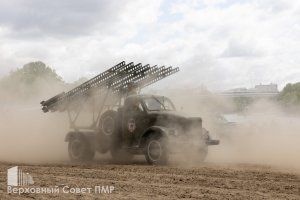
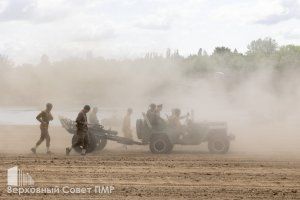

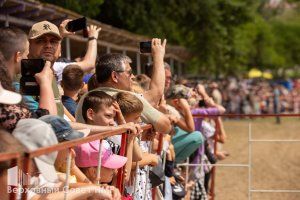
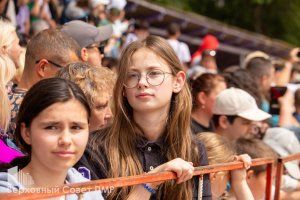
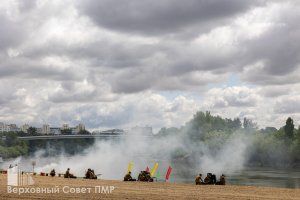

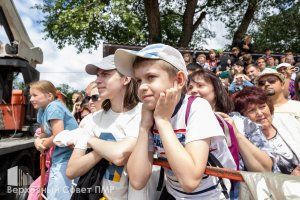
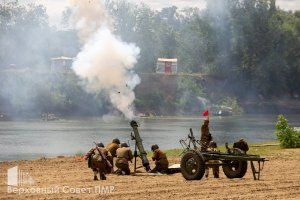
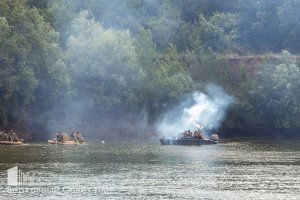
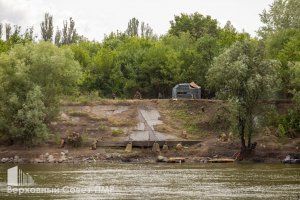

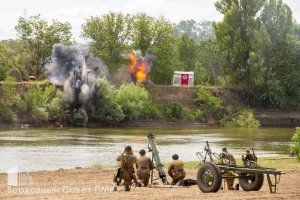
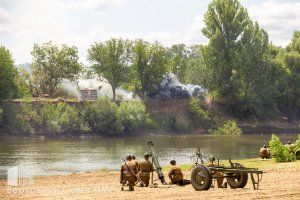

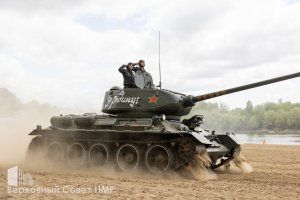
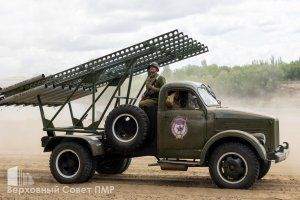
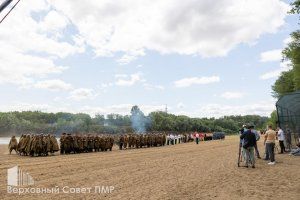
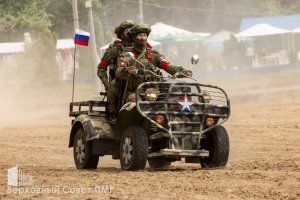


 Законы ПМР
Законы ПМР Постановления
Постановления Законопроекты
Законопроекты Анонс мероприятий
Анонс мероприятий 0 (533) 6-24-24
0 (533) 6-24-24